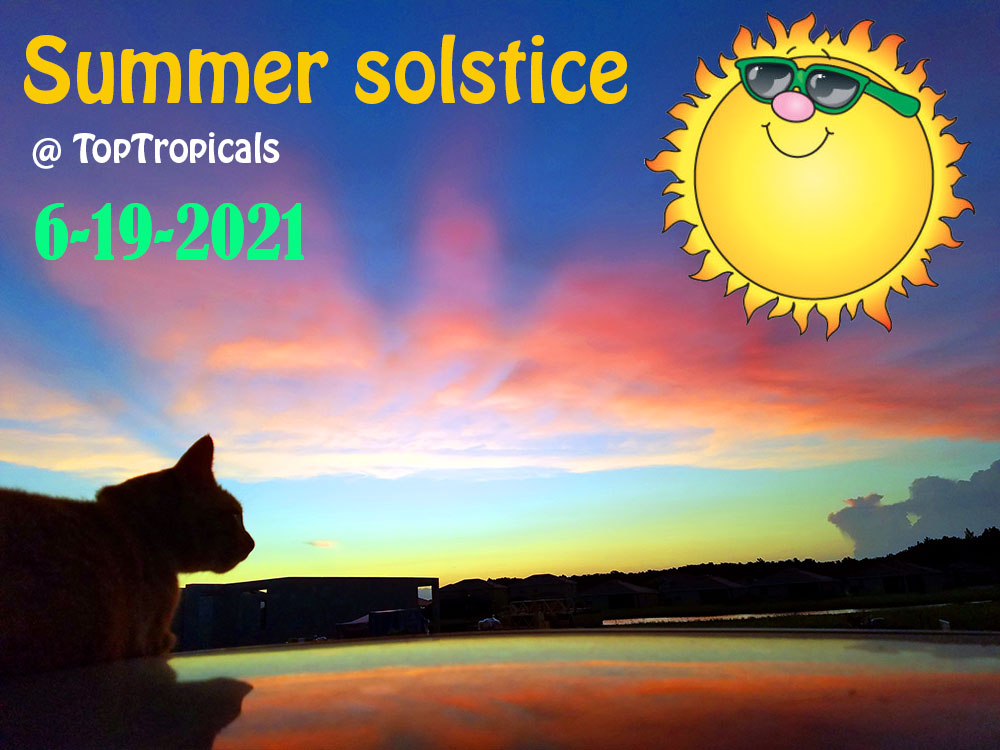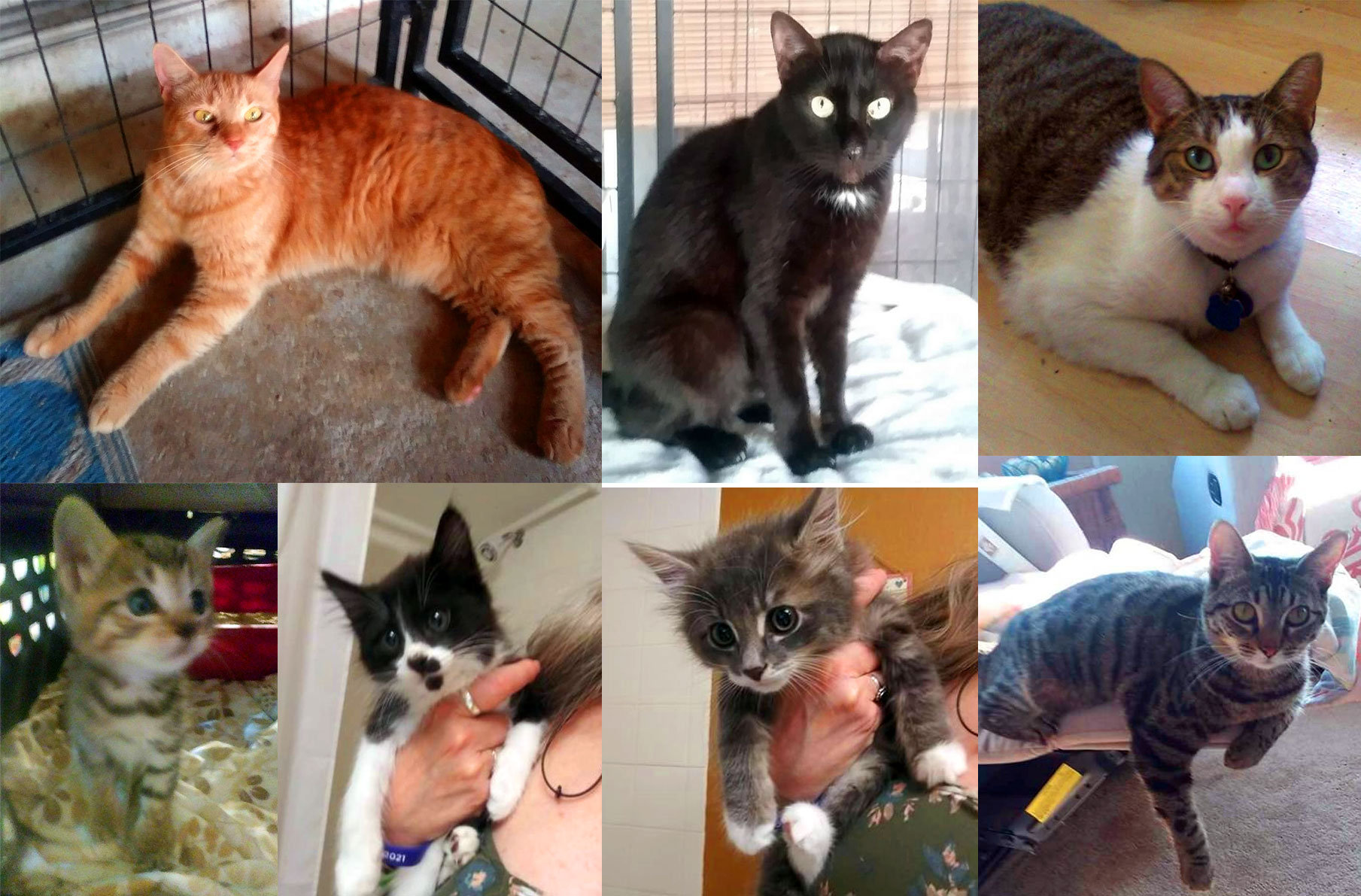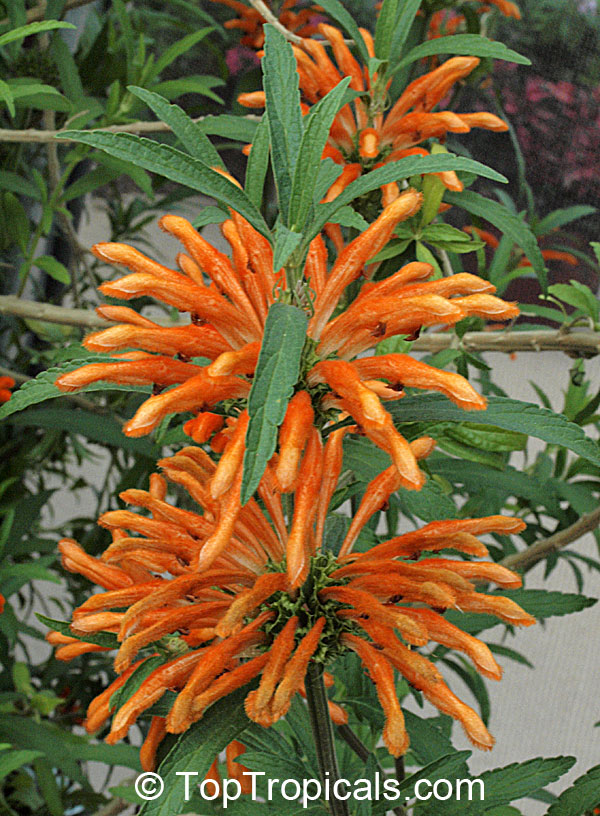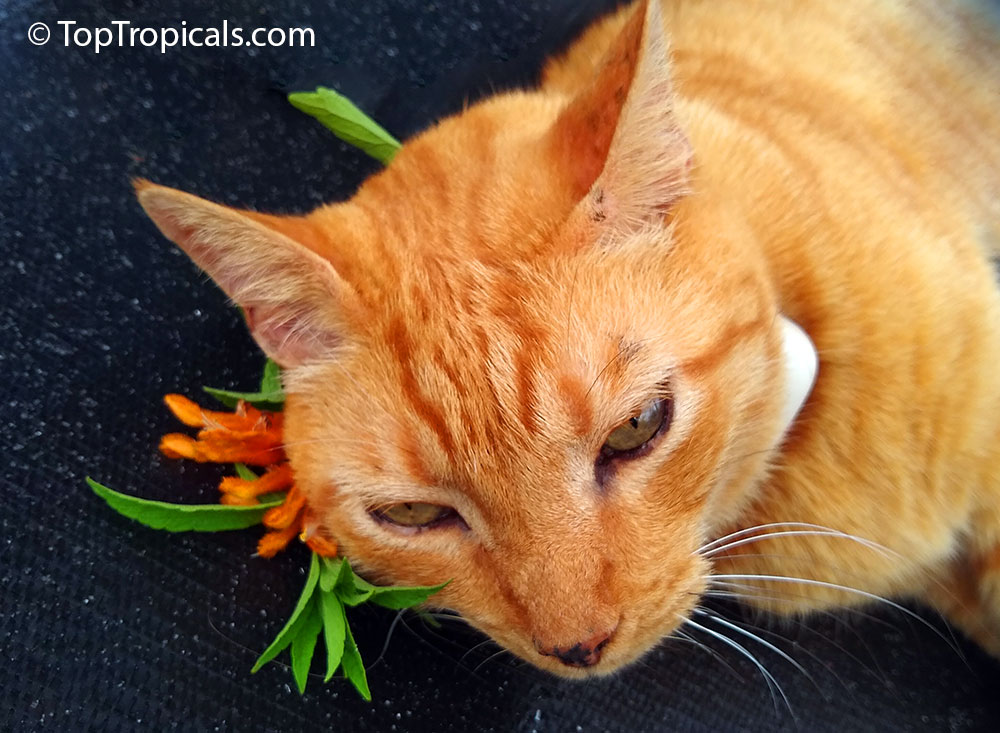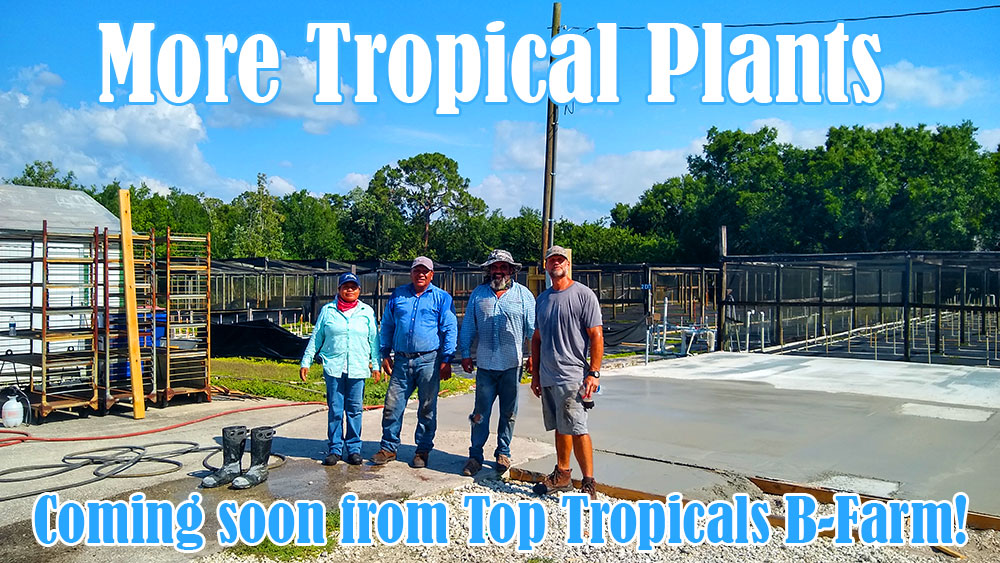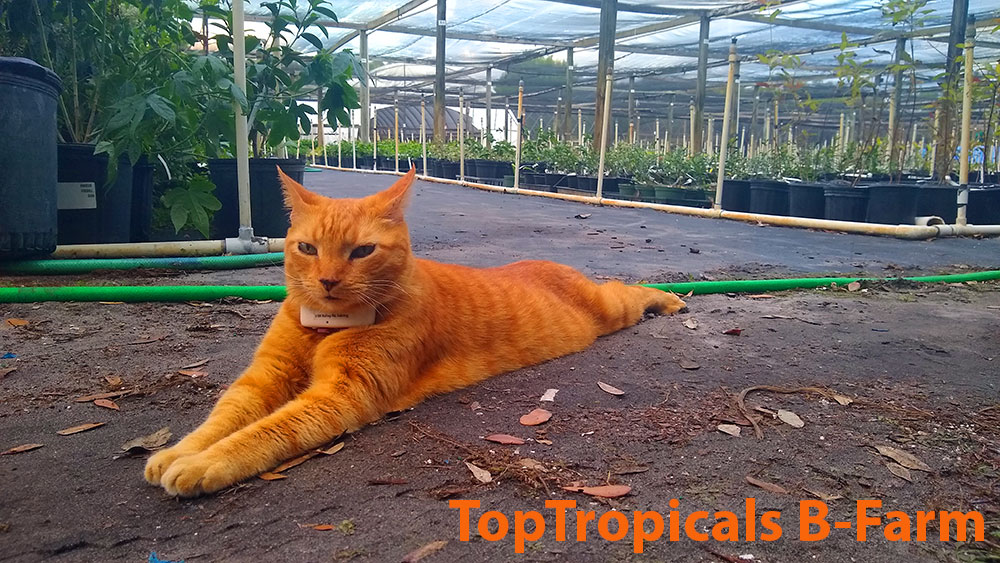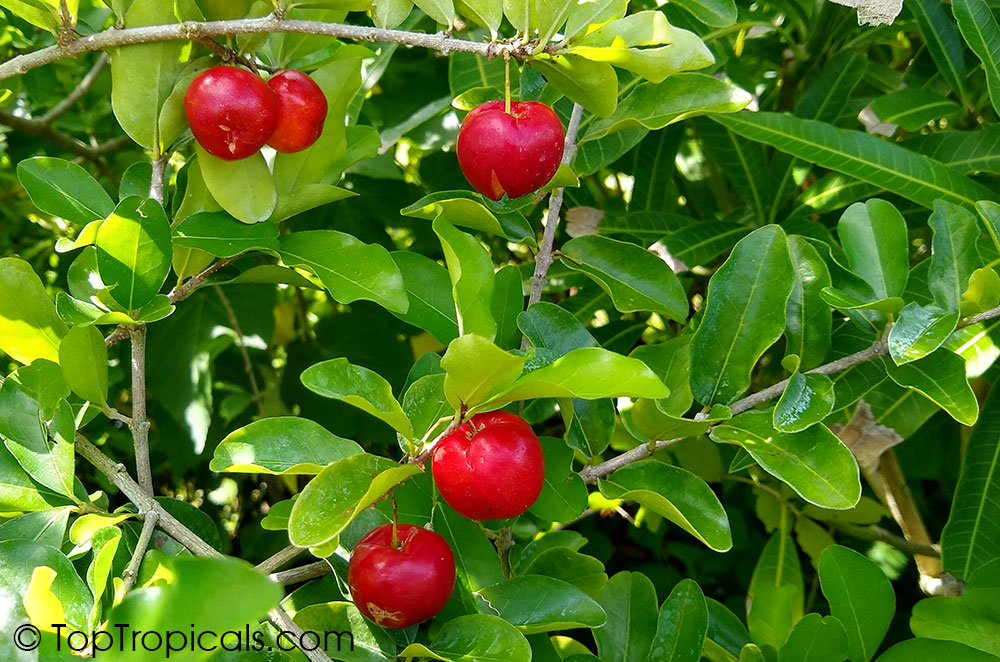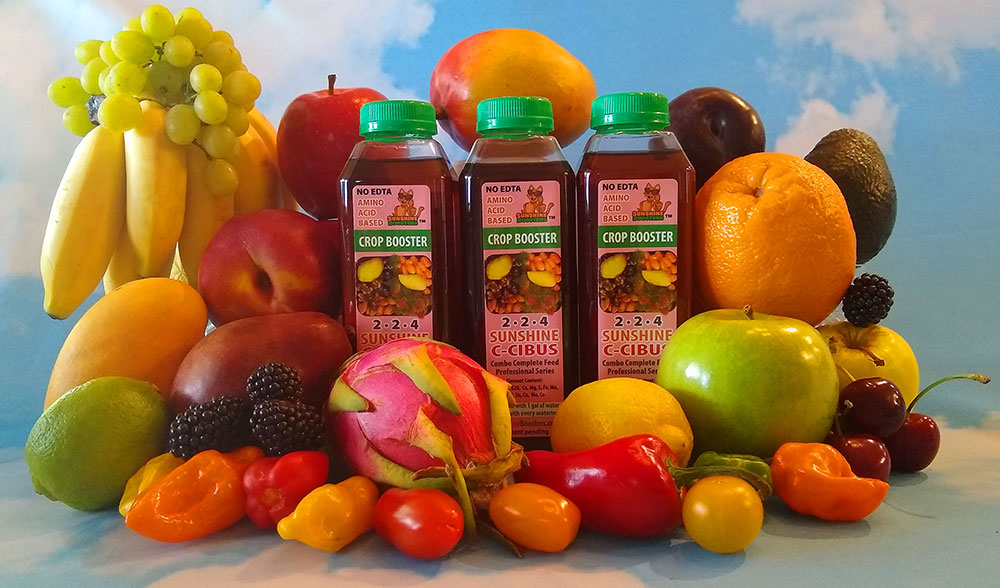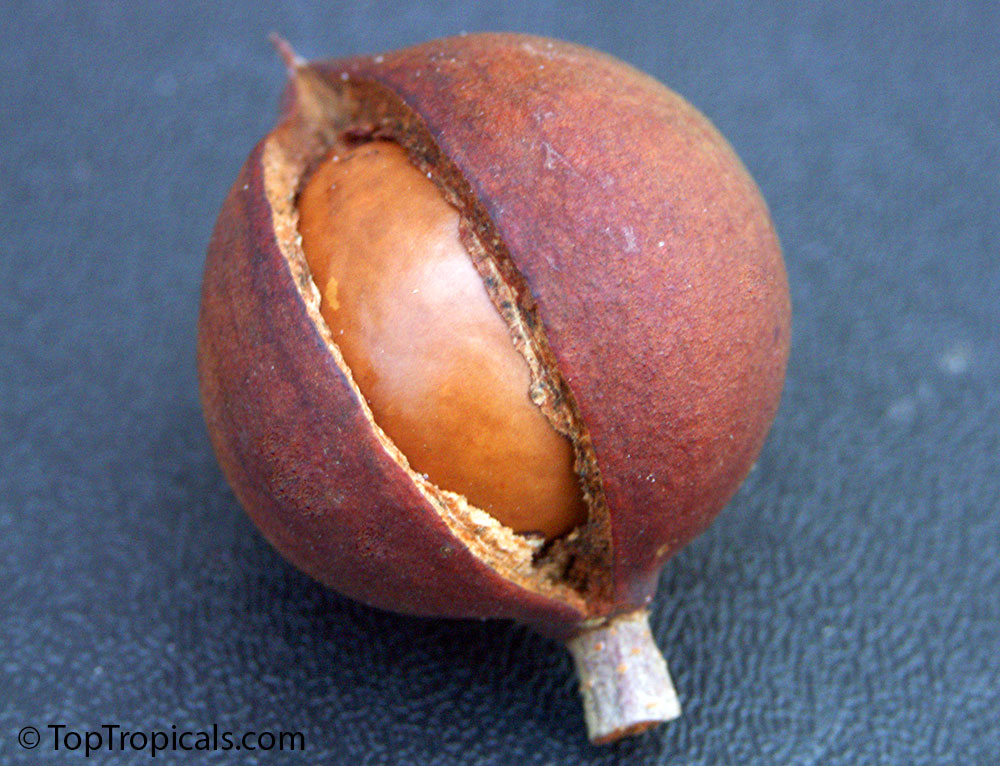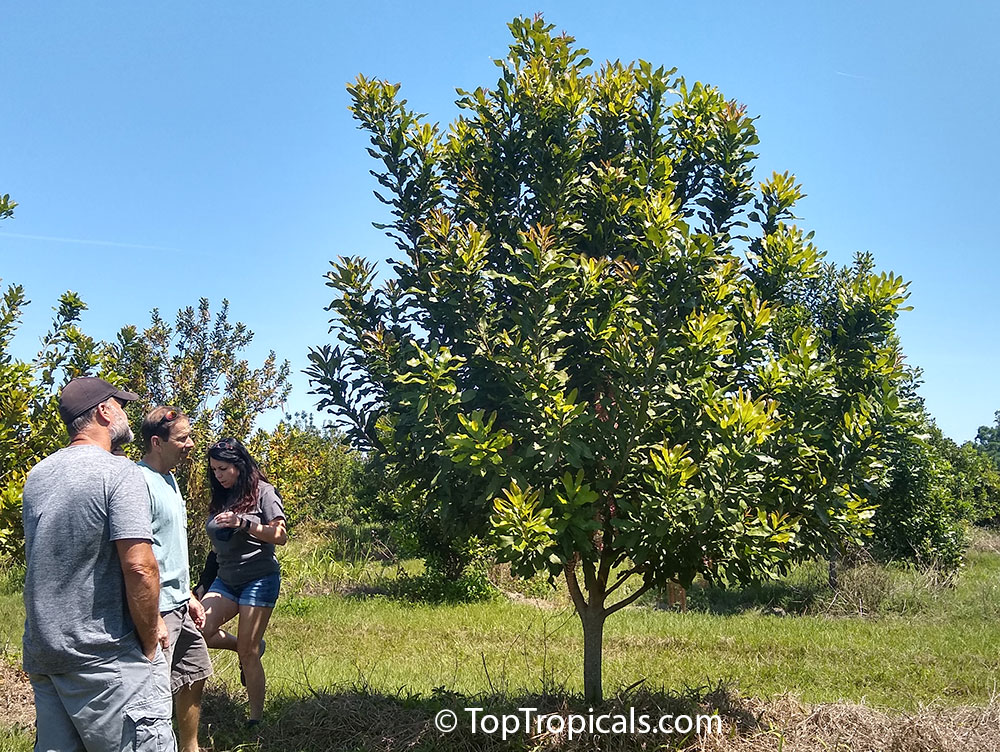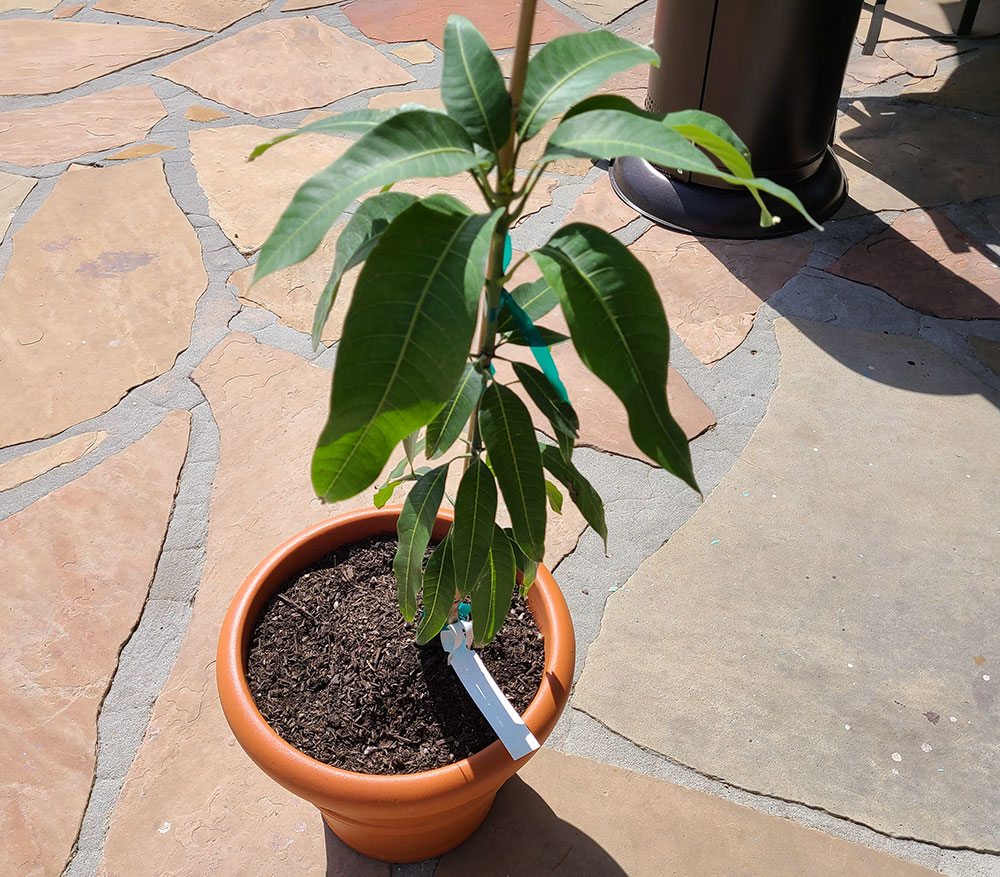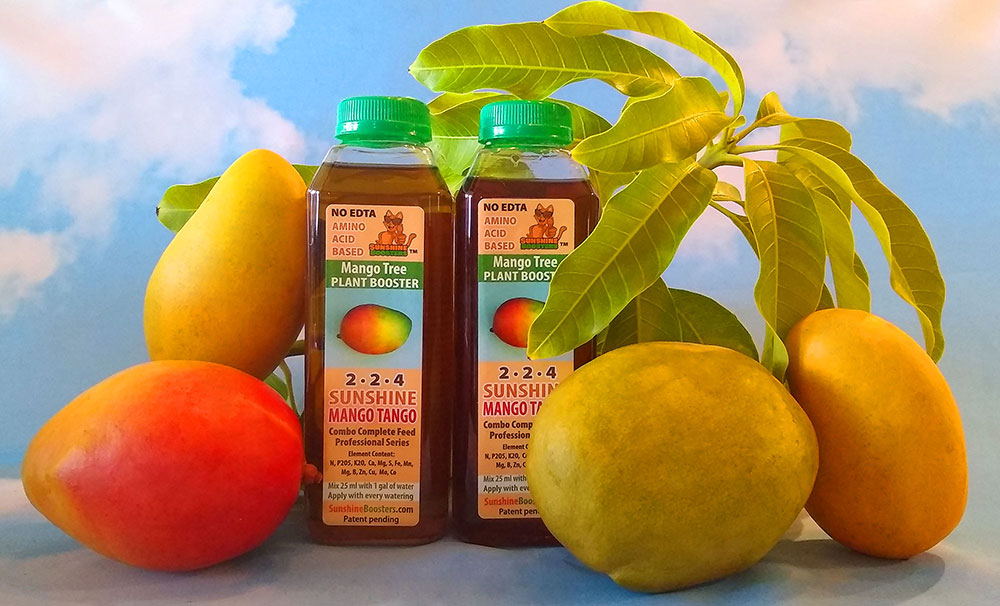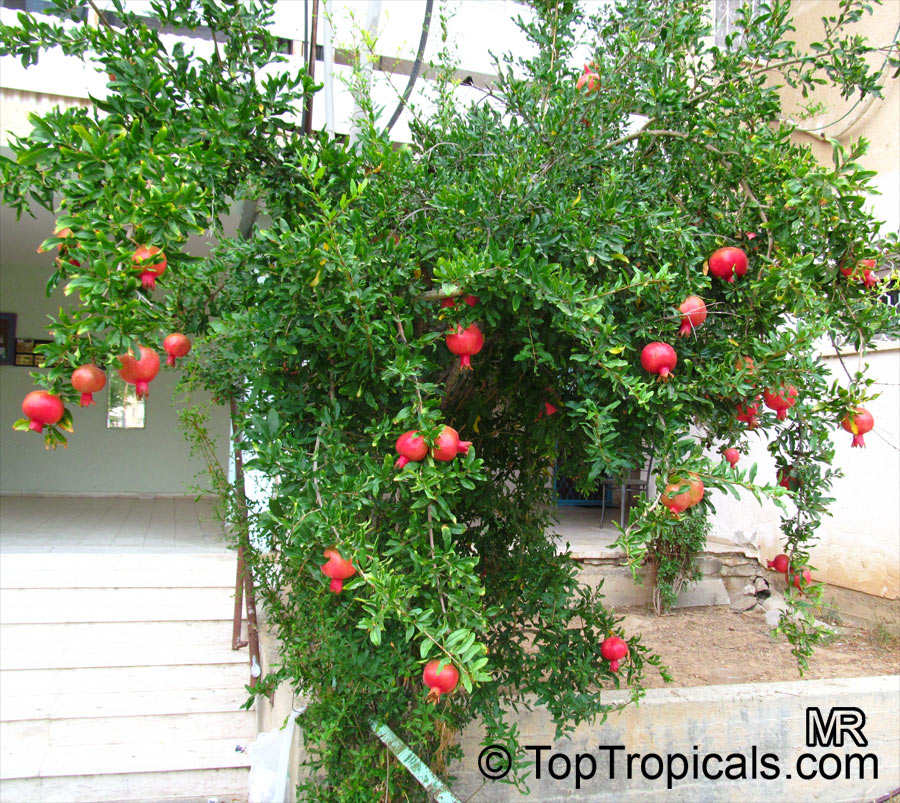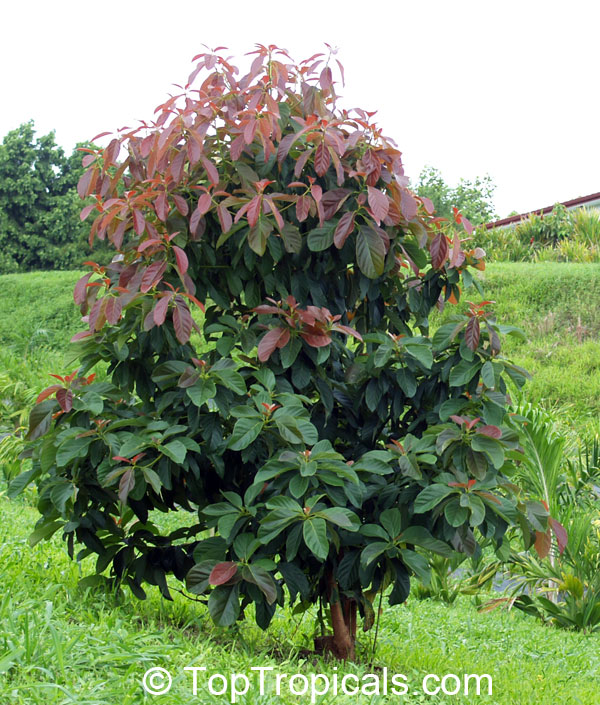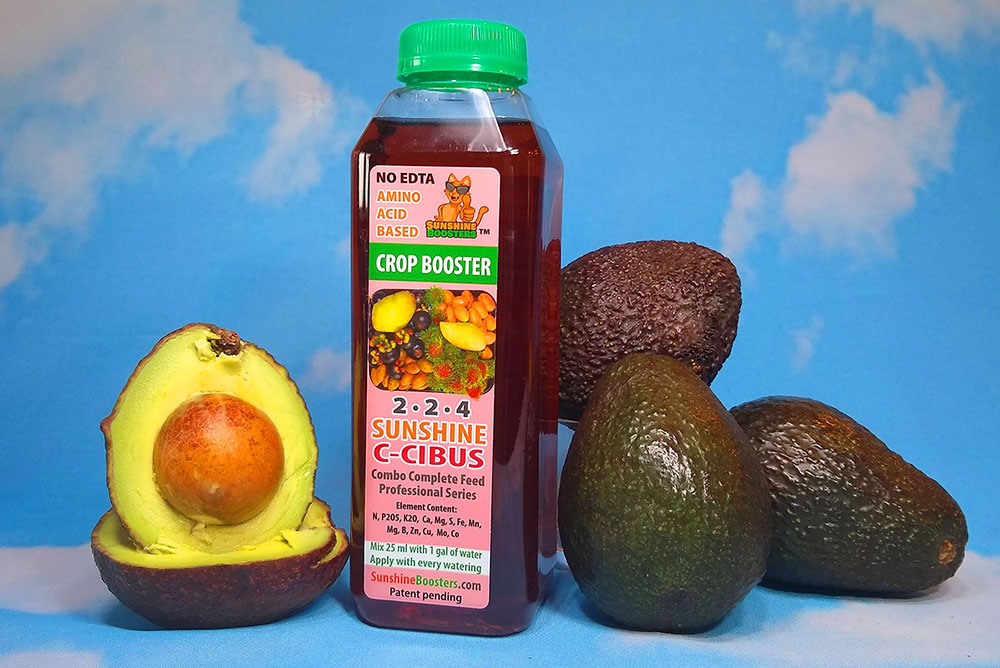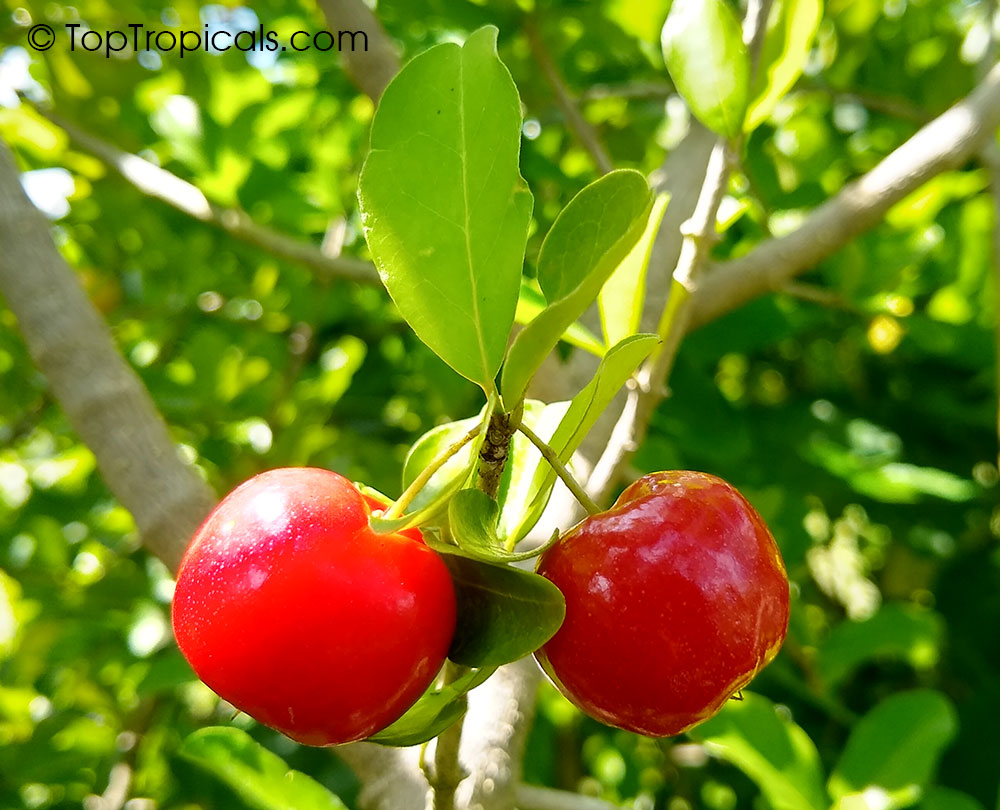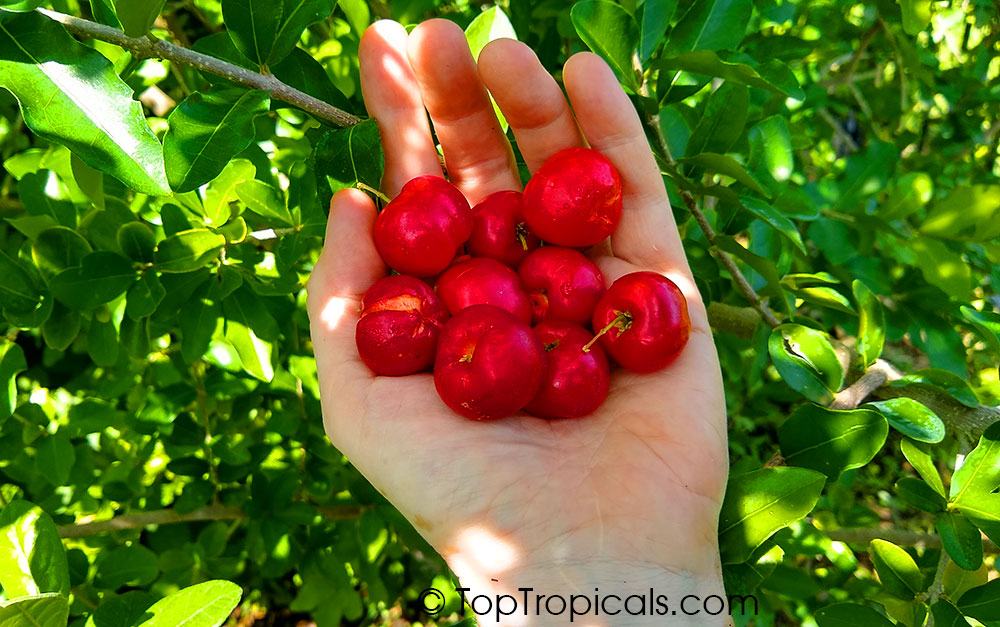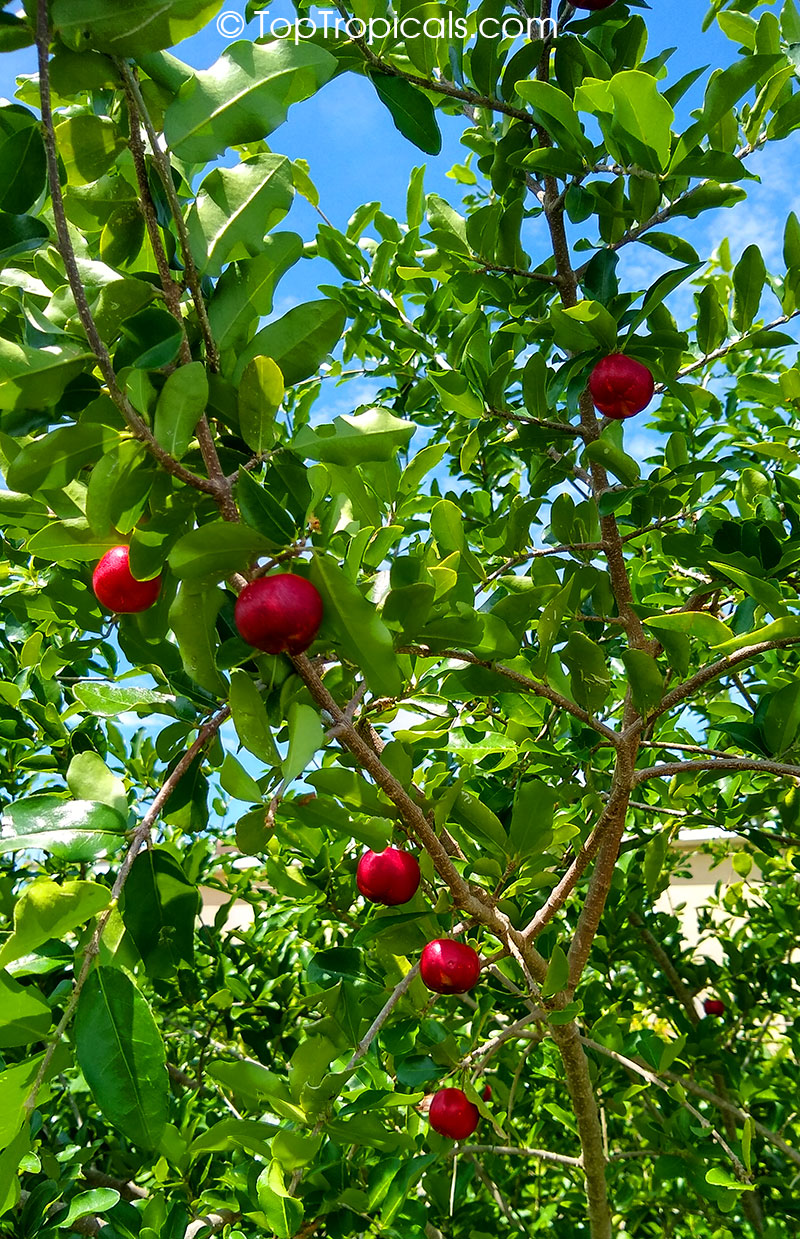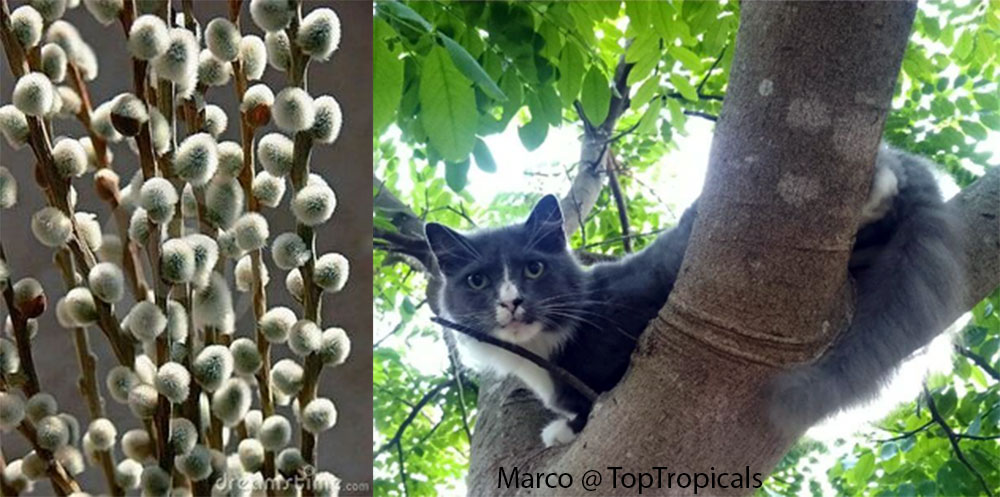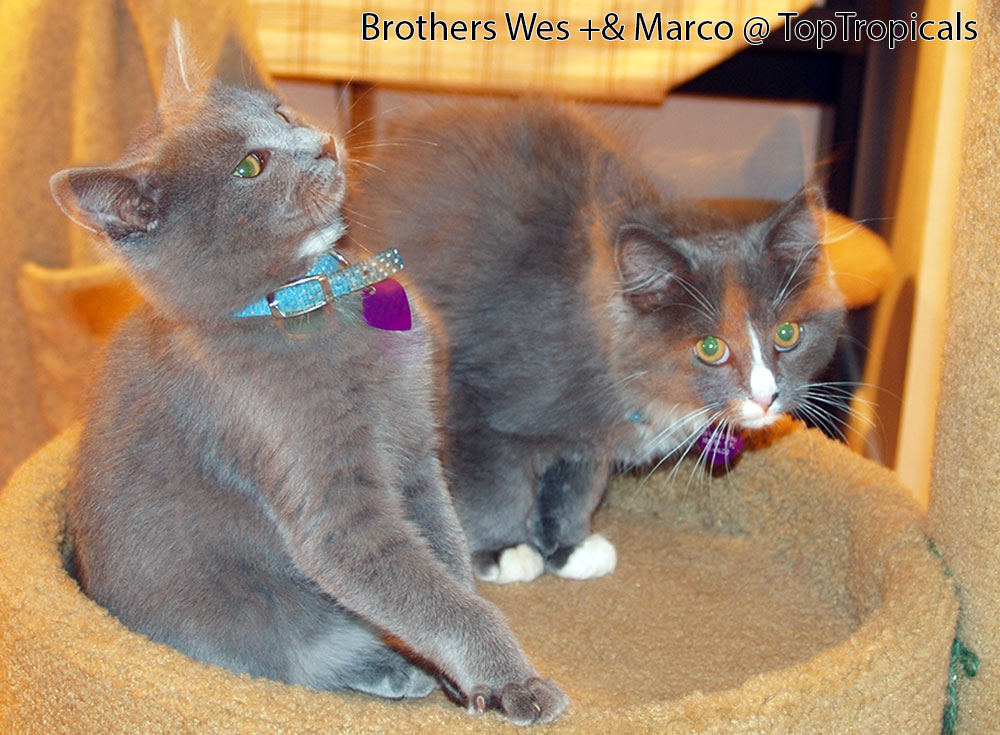Date:
Mark your calendar:
June 19, 2021
Summer Solstice Celebration with PeopleCats
Special Event you can't miss!
First day of Summer and the longest day of the year! Live Jazz in the
Garden, lots of cool vendors
and "A Roof for Rufus" cat adoptions...
Come join the Top Tropicals crew for the longest planting day of the year.
Onika, Bella, Mark and David will be here soaking in the sun and helping you
to pick the right plants...
Saturday, June 19th
9:00 am - 4:00 pm
Top Tropicals is proud to partner with A Roof for Rufus cat adoptions. Each cat attending this event has been
hand picked and approved by King.
Don't miss this event! Talk to the kitties and find your companion in life.
PeopleCats never betray and they will love you forever!
SEE KITTIES PROFIILES >>
In the photo: PeopleCats from Roof for Rufus Rescue waiting for their forever homes.
